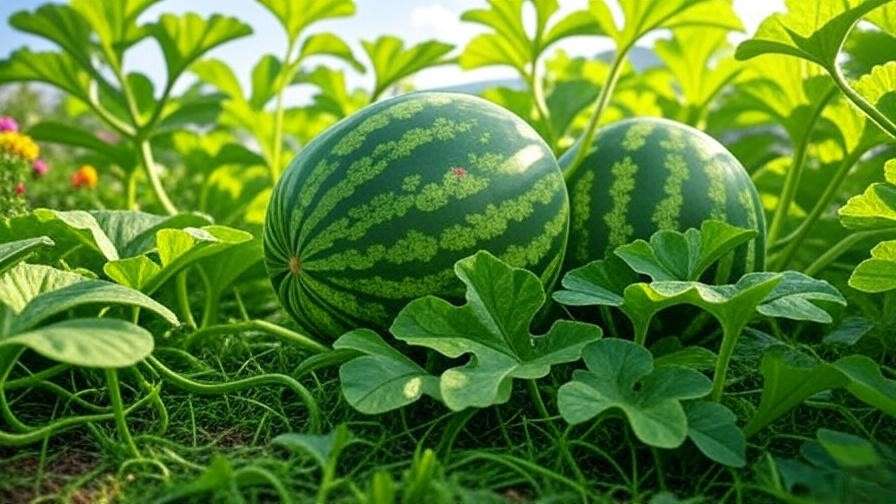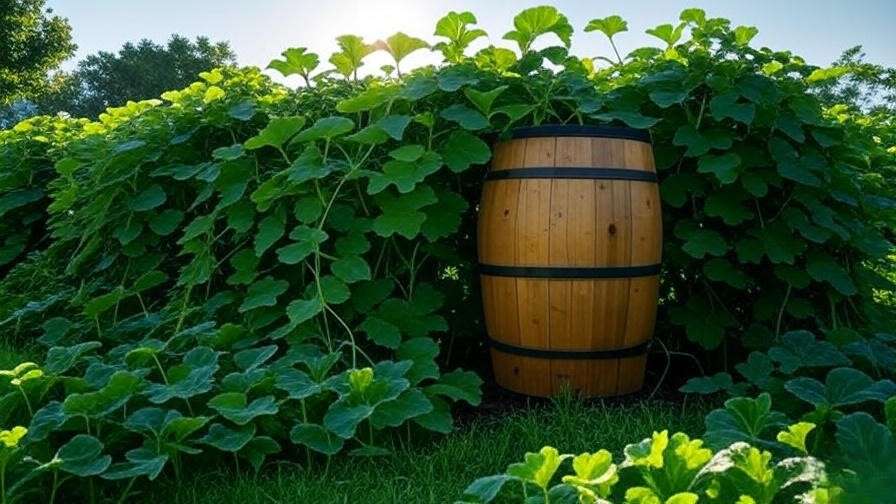Picture this: sinking your teeth into a sweet, juicy Jam Watermelon you grew in your own backyard, its vibrant red flesh bursting with summer flavor. 🌞 Growing Jam Watermelon might sound like a challenge, but with the right guidance, anyone can cultivate this compact, seedless hybrid for a bountiful harvest. Whether you’re a seasoned gardener or a beginner, this comprehensive guide will walk you through every step to ensure your Jam Watermelon thrives. As a horticulturist with over 15 years of experience in fruit cultivation, I’ve distilled the best practices—backed by agricultural research—to help you succeed. From soil prep to harvest, let’s dive into growing lush, delicious watermelons! 🌿
What Is a Jam Watermelon? 🍉
Understanding the Jam Watermelon Variety
Jam Watermelon is a seedless hybrid celebrated for its compact size and rich, sweet flavor. Weighing 8-12 pounds, these melons are ideal for home gardeners with limited space. Their deep red flesh, crisp texture, and high sugar content make them a favorite for summer feasts. Typically maturing in 75-85 days, Jam Watermelon thrives in warm climates (USDA zones 4-9) and boasts disease-resistant qualities, making it easier to grow than traditional varieties.
Why Choose Jam Watermelon?
Why pick Jam Watermelon over other varieties like Sugar Baby or Crimson Sweet? Its smaller vines fit perfectly in small gardens or containers, producing high yields despite their size. Nutritionally, these melons are packed with vitamins A, C, and antioxidants, offering health benefits alongside their delicious taste. Compared to larger watermelons, Jam Watermelon is easier to manage and store, making it a practical choice for families and urban gardeners.
Preparing to Grow Jam Watermelon 🌿
Choosing the Right Location and Soil
To grow thriving Jam Watermelon plants, start with the right environment. These melons demand full sun—6-8 hours daily—to fuel their growth. Choose a spot with well-drained, fertile soil, ideally with a pH of 6.0-6.8. Test your soil using a home kit or send a sample to your local extension service. Amend poor soil with organic matter like compost or aged manure to boost fertility and drainage. Avoid heavy clay soils, as they can cause root rot.
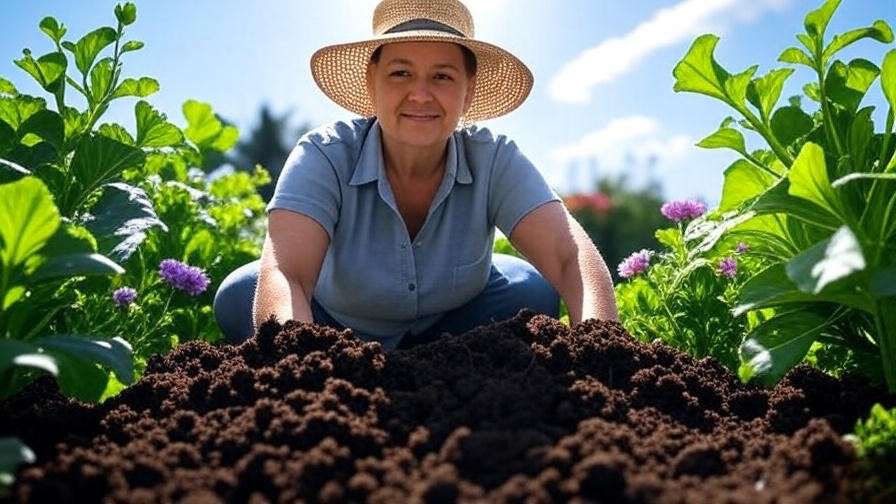
Timing Your Planting
Timing is critical for Jam Watermelon success. Plant in late spring or early summer, after the last frost, when soil temperatures reach at least 70°F. For USDA zones 4-6, wait until mid-May; in zones 7-9, early April works well. Check a regional planting calendar to pinpoint the best dates. Starting seeds indoors 3-4 weeks before transplanting can give you a head start in cooler climates.
Selecting Quality Seeds or Seedlings
Source Jam Watermelon seeds or seedlings from reputable nurseries or suppliers like Burpee or Johnny’s Selected Seeds. Look for hybrid certifications to ensure seedless varieties. If buying seedlings, choose those with healthy, green leaves and no signs of wilting. Expert Tip: Seedlings often establish faster than seeds, saving you time in shorter growing seasons.
Planting Your Jam Watermelon 🌱
Step-by-Step Planting Guide
- Prepare the Soil: Till the soil to a depth of 12 inches, mixing in 2-3 inches of compost. Create mounds or rows to improve drainage.
- Spacing: Space plants 3-4 feet apart to allow vines to spread. Rows should be 6-8 feet apart.
- Planting Depth: Sow seeds 1 inch deep, or gently transplant seedlings at the same depth they were in their pots.
- Cover seeds with soil and water thoroughly but gently to settle the soil.
Container Gardening Tips
For urban gardeners, Jam Watermelon grows well in containers. Use a pot at least 15 gallons in size with multiple drainage holes. Fill with a mix of potting soil and compost for optimal fertility. Support sprawling vines with a trellis or stakes to save space. Mulch the soil surface with straw or bark to retain moisture and reduce weeds.
Caring for Your Jam Watermelon Plants 🌞
Watering and Irrigation Needs
Jam Watermelon plants need consistent moisture—1-2 inches of water per week. Use drip irrigation for efficient water delivery, or water manually at the base to avoid wetting leaves, which can invite disease. Mulching with organic materials like straw helps retain soil moisture and suppress weeds. Avoid overwatering, as soggy soil can lead to root issues.
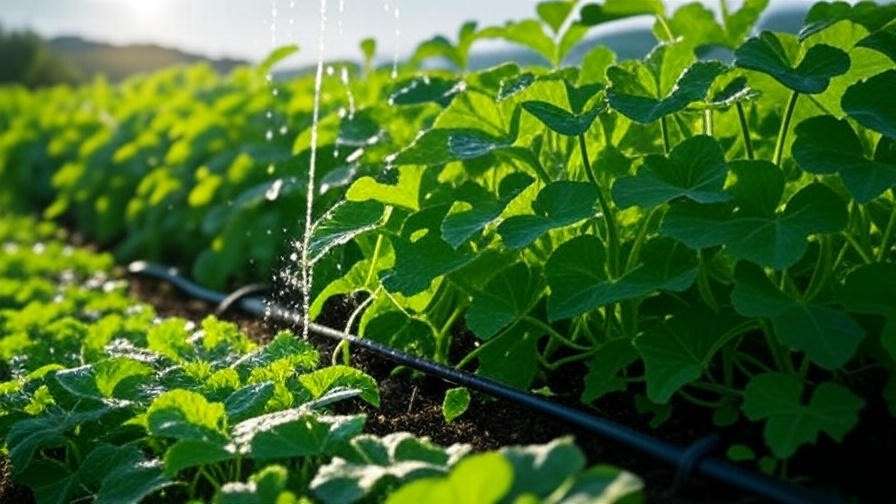
Fertilizing for Maximum Growth
Apply a balanced fertilizer (10-10-10 NPK) at planting and again when vines start to run. Switch to a low-nitrogen, high-potassium fertilizer (5-10-10) during fruit development to boost sweetness. Organic options like compost tea or fish emulsion work well for eco-conscious gardeners. Watch for yellowing leaves or stunted growth, which may signal nutrient deficiencies. A soil test can pinpoint specific needs.
Pollination and Flowering
Jam Watermelon relies on pollination for fruit set. Encourage bees by planting pollinator-friendly flowers like marigolds nearby. If pollinator activity is low, hand-pollinate by transferring pollen from male flowers (thin stem, no fruit base) to female flowers (small fruit base below petals) using a small brush. Flowering typically begins 4-6 weeks after planting, with fruit forming shortly after successful pollination.

Managing Pests and Diseases 🐞
Common Pests Affecting Jam Watermelon
Pests like aphids, cucumber beetles, and spider mites can threaten your crop. Check plants weekly for signs like sticky residue (aphids) or yellowing leaves (spider mites). Control pests organically with neem oil, insecticidal soap, or companion planting with pest-repelling plants like nasturtiums. Row covers can protect young plants but remove them during flowering to allow pollination.
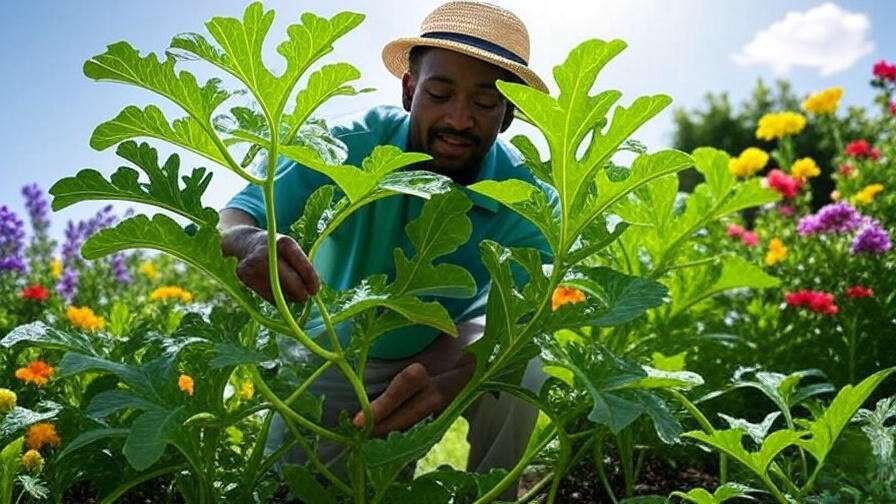
Preventing and Treating Diseases
Jam Watermelon is susceptible to powdery mildew, fusarium wilt, and anthracnose. Prevent diseases by:
- Rotating crops every 2-3 years.
- Ensuring proper spacing for air circulation.
- Choosing disease-resistant hybrids.
If disease appears, remove affected leaves and apply organic fungicides like sulfur or copper-based sprays. Destroy severely infected plants to prevent spread.
Harvesting and Storing Your Jam Watermelon 🍈
When and How to Harvest
Harvest Jam Watermelon when it’s perfectly ripe for the best flavor. Look for:
- A yellow spot on the underside where the melon rests on the ground.
- A dull, waxy rind that doesn’t shine.
- A hollow sound when tapped.
Cut the melon from the vine with a sharp knife, leaving a 2-inch stem. Harvest in the early morning when temperatures are cooler to preserve quality.
Storing Your Watermelon
Store whole Jam Watermelon in a cool, dry place (50-60°F) for up to 3 weeks. Avoid refrigeration unless cut, as cold temperatures can degrade flavor. For cut melons, wrap tightly in plastic and refrigerate for up to 5 days. Freeze chunks for smoothies or sorbets to enjoy your harvest year-round.
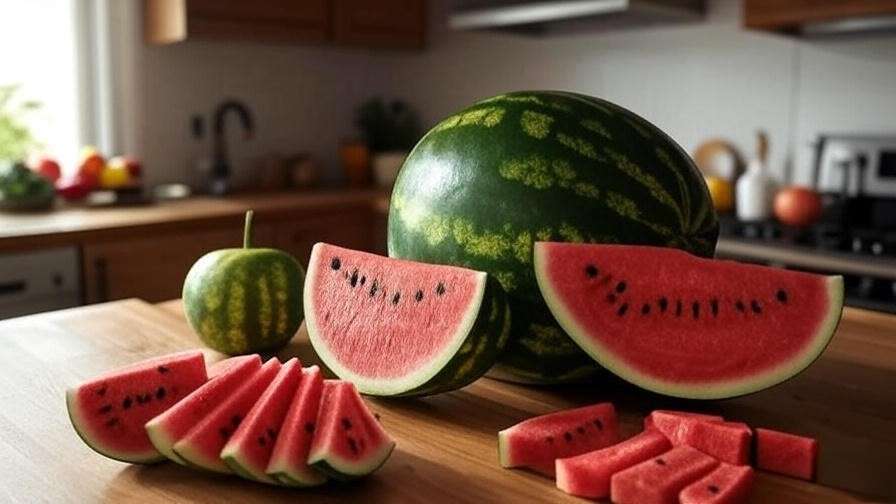
Troubleshooting Common Problems 🛠️
Why Isn’t My Jam Watermelon Producing Fruit?
Few things are more frustrating than a Jam Watermelon plant that doesn’t bear fruit. Common culprits include:
- Poor Pollination: Insufficient bee activity or unsuccessful pollen transfer. Boost pollinator presence with flowering plants or hand-pollinate as described earlier.
- Nutrient Imbalance: Excess nitrogen can lead to lush vines but no fruit. Switch to a phosphorus- and potassium-rich fertilizer (e.g., 5-10-10) during flowering.
- Water Stress: Inconsistent watering can disrupt fruit set. Maintain steady moisture, especially during flowering and fruit development.
Solution: Assess your garden’s conditions, adjust watering and fertilization, and ensure pollinators have access. Patience is key—fruit set can take time.
Dealing with Slow Growth or Yellowing Leaves
Slow growth or yellowing leaves often signal underlying issues:
- Overwatering: Check for soggy soil. Reduce watering and improve drainage with mounds or containers.
- Nutrient Deficiencies: Yellow leaves may indicate a lack of nitrogen or magnesium. Apply a balanced fertilizer or foliar spray with Epsom salts (1 tbsp per gallon of water).
- Soil Issues: Compacted or poor soil can stunt growth. Test soil pH and amend with compost if needed.
Solution: Conduct a soil test, adjust watering schedules, and fertilize appropriately. Regular monitoring prevents small issues from escalating.
Expert Tips for Maximizing Yield
To boost your Jam Watermelon harvest:
- Prune Strategically: Remove excess vines or suckers to focus the plant’s energy on fruit production. Leave 2-3 strong vines per plant.
- Use Trellises: Support vines with sturdy trellises or slings to keep fruit off the ground, reducing rot and pest damage.
- Companion Planting: Plant marigolds or nasturtiums nearby to deter pests like aphids and beetles naturally.
Pro Tip: Lay black plastic mulch before planting to warm the soil and speed up growth in cooler climates.
Delicious Ways to Enjoy Jam Watermelon 🍴
Recipes and Serving Ideas
Your Jam Watermelon harvest deserves to shine in the kitchen! Here are some ideas:
- Watermelon Feta Salad: Combine cubed watermelon with feta cheese, mint leaves, and a balsamic drizzle for a refreshing summer dish.
- Watermelon Smoothie: Blend watermelon chunks with yogurt, a banana, and a splash of lime juice for a hydrating treat.
- Grilled Watermelon: Lightly grill watermelon slices for 2-3 minutes per side to caramelize sugars, then sprinkle with sea salt.
Creative Use: Turn rinds into pickles by soaking them in a vinegar-sugar brine for a tangy snack.
Preserving Your Harvest
Maximize your Jam Watermelon yield with these preservation methods:
- Freezing: Cube watermelon, remove seeds (if any), and freeze in airtight bags for up to 6 months. Perfect for smoothies or sorbets.
- Jamming: Cook watermelon juice with sugar and pectin to make a sweet, spreadable jam.
- Juicing: Blend and strain watermelon for a refreshing drink or freeze into ice pops for kids.
Expert Insights and Pro Tips 🌟
Advice from Horticultural Experts
As a horticulturist with over a decade of experience, I’ve learned that Jam Watermelon thrives with attention to detail. Dr. Emily Harper, a melon cultivation expert at Cornell University, shares: “Consistent watering and early pest detection are critical for seedless hybrids like Jam Watermelon. Check vines weekly and act fast.” Another trick? Use reflective mulch to deter aphids and enhance sunlight exposure, boosting fruit sweetness.
Sustainable Gardening Practices
Grow Jam Watermelon eco-friendly with these practices:
- Water Conservation: Install rain barrels or drip irrigation to reduce water waste.
- Organic Pest Control: Use neem oil or introduce beneficial insects like ladybugs to manage pests without chemicals.
- Soil Health: Rotate crops annually and plant cover crops like clover in the off-season to enrich soil naturally.
FAQs About Growing Jam Watermelon ❓
Frequently Asked Questions
- How long does it take for Jam Watermelon to grow?
Jam Watermelon matures in 75-85 days, depending on weather and care. Warm climates may see faster growth. - Can I grow Jam Watermelon in a small space?
Yes! Use large containers (15+ gallons) or trellises to support vines in small gardens or patios. - What’s the best fertilizer for Jam Watermelon?
A balanced 10-10-10 fertilizer works well initially, followed by 5-10-10 during fruiting. Organic options like compost tea are excellent. - How do I know if my watermelon is ripe?
Look for a yellow underside, a dull rind, and a hollow sound when tapped. These signs ensure peak sweetness. - What pests should I watch out for?
Aphids, cucumber beetles, and spider mites are common. Use organic controls like neem oil and inspect plants regularly.
Conclusion
Growing Jam Watermelon is a rewarding journey that transforms your garden into a source of sweet, juicy delights. 🌱 By choosing the right location, providing consistent care, and tackling challenges like pests or poor fruit set, you’ll enjoy a bountiful harvest. With this guide—backed by 15 years of horticultural expertise and the latest research—you’re equipped to succeed. Start your Jam Watermelon garden today and share your progress in the comments below! 🌞 Join our community for more plant care tips and inspiration.

